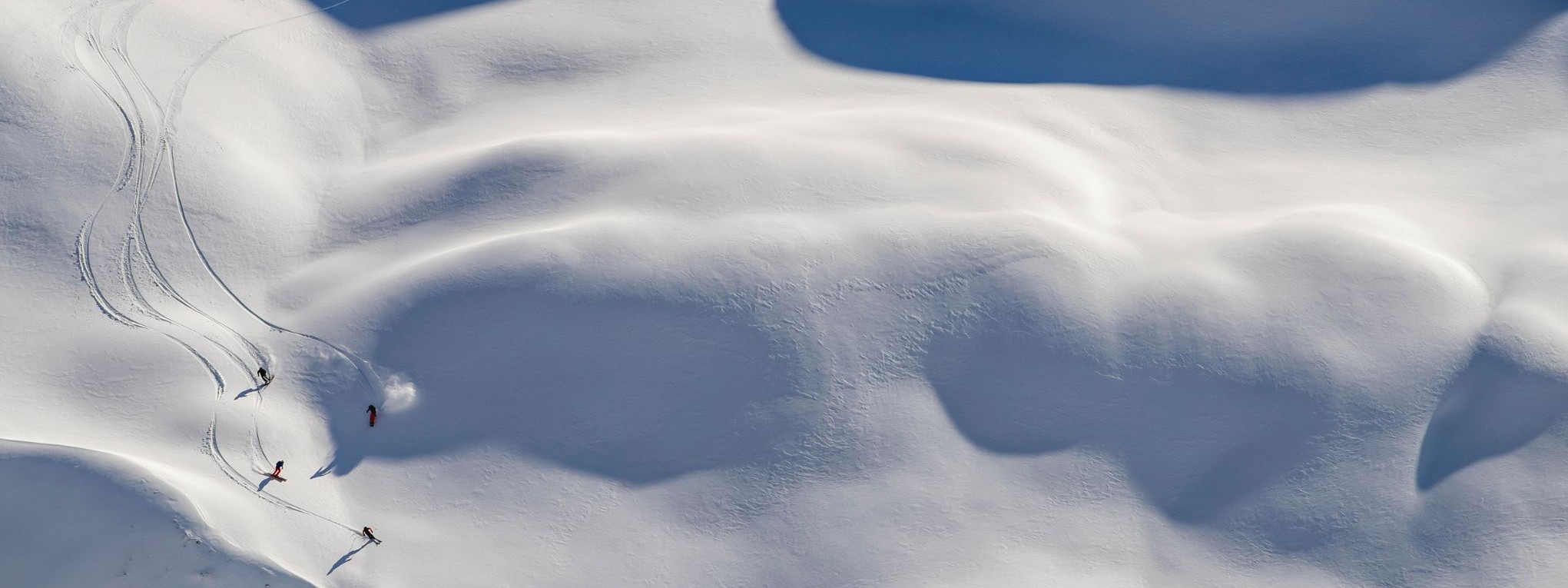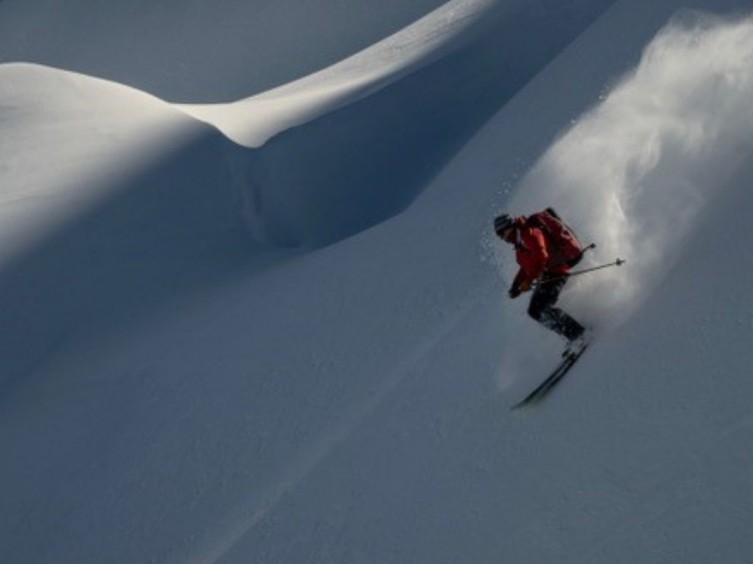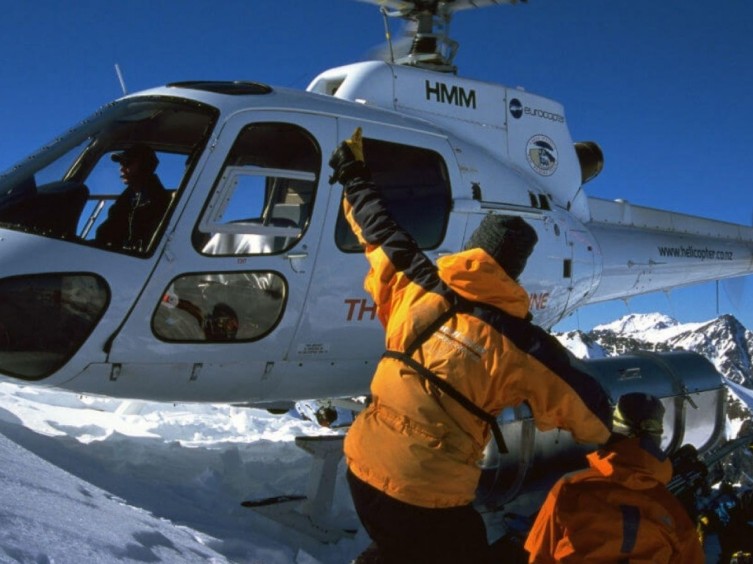
Q&A with Lydia Bradley, First Woman to Climb Everest without Oxygen
Legendary mountaineer Lydia Bradley shares her thoughts on women in the alpine world, from Everest without oxygen to role models, resilience, and advice for future adventurers.
We had the privilege of sitting down with Lydia Bradley recently, as she took a breath between her work as a physiotherapist, mountain guiding, and the publication of her memoir Going Up is Easy. We asked for her take on women in the outdoor industry: progress, role models, advice for aspiring women adventurers, and more.
HMH: What do you consider your greatest accomplishments to date in paving the way for women in the alpine world?
Lydia: Climbing Everest without oxygen; and an 8,000 metre peak, the 6th highest mountain in the world, possibly the first woman in the world to do an alpine star without oxygen; my big wall climbing when I was 19 and 20, which really got me started. I also think that being a mountain guide at altitude is a big accomplishment – I’m really proud of my guiding over the last decade.
HMH: How have you seen the industry change when it comes to attitudes towards women?
Lydia: There have been huge changes in this respect. Women’s accomplishments have been especially apparent in the last few years, thanks to new and increasing forms of social media that enable athletes to record their adventures. Having said this, we still have a ways to go when it comes to highlighting women’s contributions to the outdoor industry. The New Zealand Mountain Film Festival, for example, featured very few women—few women in films, few women speakers, etc. And that’s a shame, because I think role models are really important, at all levels, from subtle to obvious. We as humans underestimate the value of role models.
HMH: Speaking of which: who were your role models when you first started out? Who are they now?
Lydia: When I started climbing, there was no internet, so you have to keep in mind that it was a bit different. But there were quite a few European women who were doing high-altitude climbing, and of course the women mountaineers in the alpine clubs I was part of were my role models.
And currently – this is actually one reason that I really respect Harris Mountains Heliski – two women who I look up to guide for HMH.
Anna Cook [lead snow safety expert for HMH] has developed herself as one of the best snow safety experts in the country, definitively so. She works above and beyond, and she’s just gotten better and better because she’s so dedicated to this role. And at the same time, she’s smart, and she’s fun. She’s an absolute standout role model.
And Laetitia Campe is a standout as well—she’s an amazing athlete, so good at anything she does, as an athlete, as an artist, you name it. Her expertise comes from being a very experienced, very strong high-end skier. Laetitia is so motivated to drive herself as a lead guide.
Other role models are Jane Morris, who guides for Alpine Guides in Mount Cook; and Anna Keeling, who guides in Canterbury—these are strong, smart women who are living their passions.
And I’m lucky enough to be part of a field where it’s okay to have role models who are younger than I am—I’m not ageist. We don’t have a ton to choose from out there, so you can’t be fussy. Some of your greatest role models could be 25. It’s good to remember that you can learn from a lot of people.
HMH: There are some pretty crazy (okay, borderline miserable) experiences in your book. How do you get through really challenging conditions when they arise?
Lydia: I figured out pretty early on that really awesome fun was Type 2 fun [midway on the scale of Type 1-easy-fun to Type 3-possibility-of-injury-or-death-fun]: because it was stuff that stayed with you, made you new friends, helped you grow. Those really wild experiences aren’t always fun or jolly; they’re too amazing for that, or too scary, or too big. We’re talking about environments that are bigger that you’ve ever been in, where you’re not going to say, “Wow, this is really fun.” It’s only afterward that you say, “That was the most incredible experience.”
It’s those experiences that mean something. You don’t see the sunrise unless you’ve gotten somewhere in the dark.
HMH: You’ve obviously been in plenty of Type 3 fun situations as well. To what do you attribute your survival?
Lydia: Once you get to a certain level of confidence, you get to see what’s really been driving you. And for me, it’s not the challenge that attracts me to the mountains, it’s the experience. For example, I don’t need to go out and be the fittest so I can prove to everyone else that I’m really fit. It has to come from something in yourself; what has to motivate you is that you’re doing it for yourself. When you find that you’re less needy for other people’s approval, you find that it tests your motivation for doing these things in the first place. So those people who have the inner confidence and don’t do it for other people’s approval are the ones who will have an enduring life of fitness and achievement. So the big question becomes: Can you change over to that inner drive?
HMH: What advice do you have for women aspiring to do more in the professional outdoor industry?
Lydia: Back yourself up with a depth of experience. With increasing qualifications in the outdoor industry, people who haven’t actually done that much want to become teachers or guides without the experience to reinforce those qualifications. You really want to feel like you’re going in with a certain depth of experience in order to be making safe decisions; because qualification alone won’t keep you safe, and they won’t keep somebody else safe.
The bottom line is that you want safety and enjoyment. The group that you want to be in with is made up of the people who do things well: staying safe, keeping things professional, and enjoying themselves and other people. You have a lot to learn from people like that. It’s not whether you’re the best or the fittest; the truly important thing here is that you try hard. If you try your hardest and put extra energy in, that group you want to be in with are not going to care if you’re the best skier on the mountain. They’re going to want to be out with the people who work hard and are successful.
Similar articles

Summertime = Helitime
When the snow melts, the rotors keep spinning—discover how our partner helicopter companies stay busy all summer with scenic flights, adventure tourism, and essential commercial work.

Anna Cook
Anna Cook, an experienced guide at Harris Mountains Heli-Ski, shares her journey as an avalanche forecasting expert, inspiring women to thrive in the male-dominated heli-ski industry.

How to Become a Heli-skiing Guide
Becoming a heli-ski guide is the ultimate dream job, but it takes years of training, dedication, and passion for the mountains. Here's how to get there.

Aoraki Mount Cook, New Zealand
Ready to
start
Book your unforgettable experience today or contact
our team to organise your perfect day!




